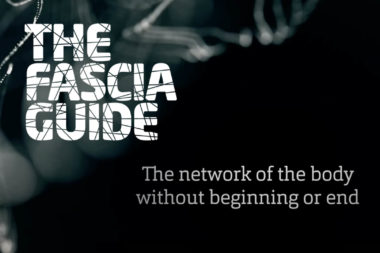

How do we learn to understand Fascia?
Join the Fascia Conversation Today!
New discoveries evoke new insights. We have been giving lots of lectures about fascia since 2015 and we ALWAYS start by talking about perspective.
The first part of the Fascia guide is about the fact that for almost all our lives we have been trained NOT to be able to understand fascia. Our entire world is both theoretically and physically based on the idea of dividing and separating – so much so that we see our body as something we have, not something we are. In addition, we have long pretended that a living body and a dead body looks the same inside.
Recent fascia research involves much more than new explanations for aches and pains. What we know today about fascia forces us to challenge our way of looking at the body – it forces us to change perspectives.
What is Fascia? Animation about how new research changes the view of ache & pain
- To understand a different perspective, it may be interesting to study your own. Why do you see the world in the way you see it?
- One way to understand why you have the perspective you have is through history of ideas. How have the ideas we take for granted today, such as that the earth is round or that we are made up of atoms, come into being?
- History of ideas is of course a complex science, but we took the liberty of making a simplified description:
To understand Fascia, we need to start from Scratch
In 2015, veterinarian Vibeke S Elbrønd became the first in the world with a publication about fascia in horses. To succeed in this, she needed to understand the existing new research in fascia – which in turn gave her a broad understanding of recent research and what challenges it entails.
Fasica is a new way of thinking, and in an interview from February 2018, Professor Elbrønd talks about how the discoveries of the last ten years mean that we must start from the beginning in our way of understanding the body.



















































